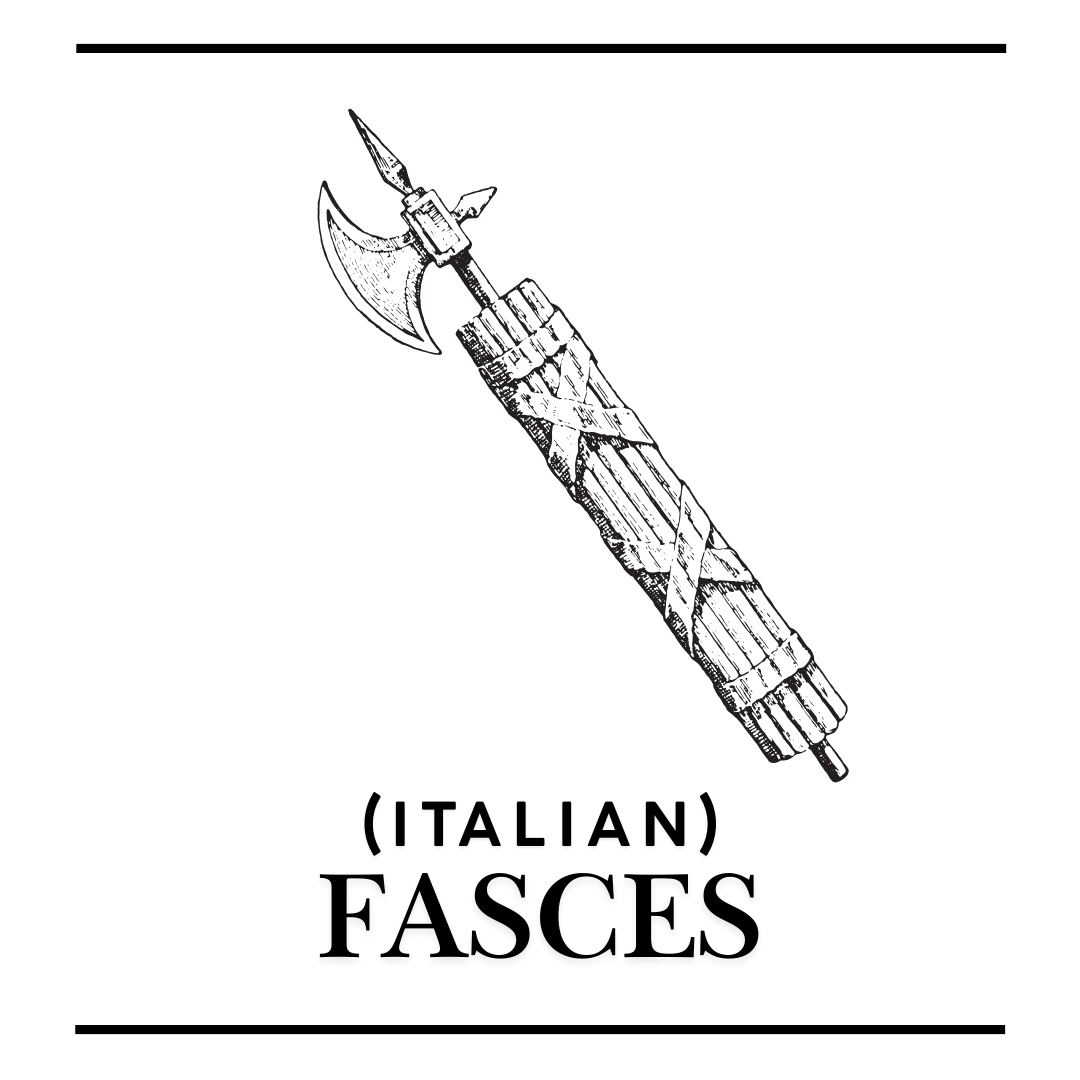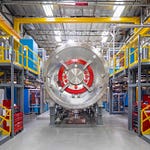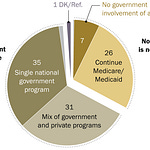1. The battle over definitions
Who gets to define fascism? That is the core question. After World War II, the West slowly shifted the “opposite of fascism” from “communism” to “liberal democracy.” This came from thinkers like Ayn Rand and Hannah Arendt.
Rand argued that free-market capitalism was the only moral system. Arendt treated both Nazism and Stalinism as forms of “totalitarianism.” The result was that fascism and communism were lumped together, while democracy and capitalism were presented as pure good.
The problem is that this hides the real issue: ownership of the means of production and class struggle. It ignores that fascism and democracy share the same roots. To understand the danger in America today, we must use materialist and class-based analysis again.
2. What we see in America today
In the past few years, the United States has shown clear warning signs:
Detention camps were built in Florida swamps
Immigrants and minorities are taken from the streets at random
Students kidnapped for criticizing schools’ ties to Israel
Academic exchanges blocked, universities forced to silence voices
The military is clearing out homeless people in Washington, D.C.
The government deals with private companies for killer drones and mass surveillance
Court orders ignored, checks and balances fading
Christian nationalism and white supremacy are openly promoted
These are not accidents. They are the result of how the system itself works. The Republican Party has been fully taken over by MAGA, and American democracy is being hollowed out from within.
3. Lessons from history
In Germany, the “Conservative Revolution” during the Weimar Republic broke down liberal values and prepared the ground for Hitler. It rejected reason and equality, praised militarism, and glorified national myths. Today’s American think tanks and right-wing influencers play a similar role.
In the 1930s, the Communist International argued that social democracy and fascism were basically the same, calling it “social fascism.” That view blocked cooperation between communists and social democrats, which helped Hitler rise. But the core insight still holds: bourgeois democracy and fascist dictatorship are two sides of the same coin.
4. Democracy as a stepping stone to fascism
Representative democracy is not a firewall. It can become a bridge to fascism. In capitalism, elections let populism and big money join forces. Ideas like “freedom,” “democracy,” and “human rights” can be dropped the moment they get in the way.
Weimar Germany had free elections and constitutional government. It still collapsed into fascism. The United States is showing the same path.
5. The risk ahead
Trump himself may not have the will to sacrifice everything for his movement. He acts more like an opportunistic businessman. But the danger does not end with him. Other figures in the U.S. Senate already show signs they could go further. The period after Trump could be even more radical and more dangerous.
Once a “conservative solution” is accepted, white supremacy, militarism, and anti-communism will be fully legitimized.
6. What must be done
To stop fascism, we must return to class analysis. As long as private ownership of the means of production remains, societies under capitalism will face cycles of fascist movements.
The real opposite of fascism is not “democracy” as an empty slogan. It is socialism. Only a system where public ownership leads, and wealth is shared fairly with all, can prevent populism and big capital from merging into fascism.
Conclusion
Fascism is not some evil that falls from the sky. It is the logical outcome of capitalism. America today is showing this in real time. To build a strong defense against fascism, we must take back the right to define it. And the real path against fascism is the socialist path.










